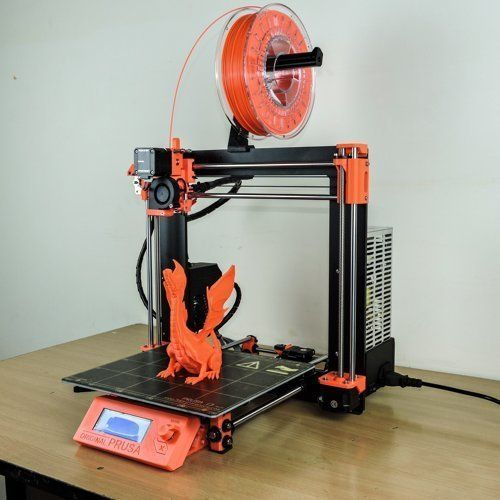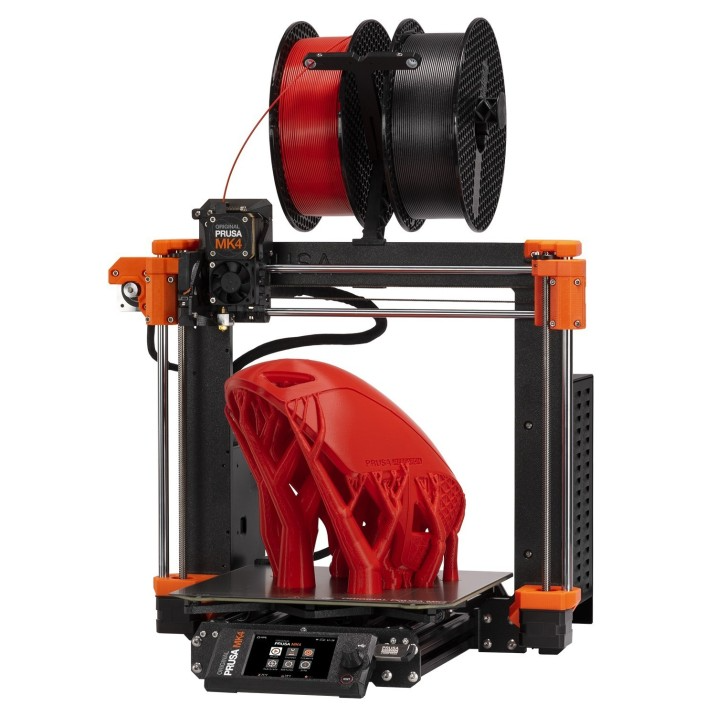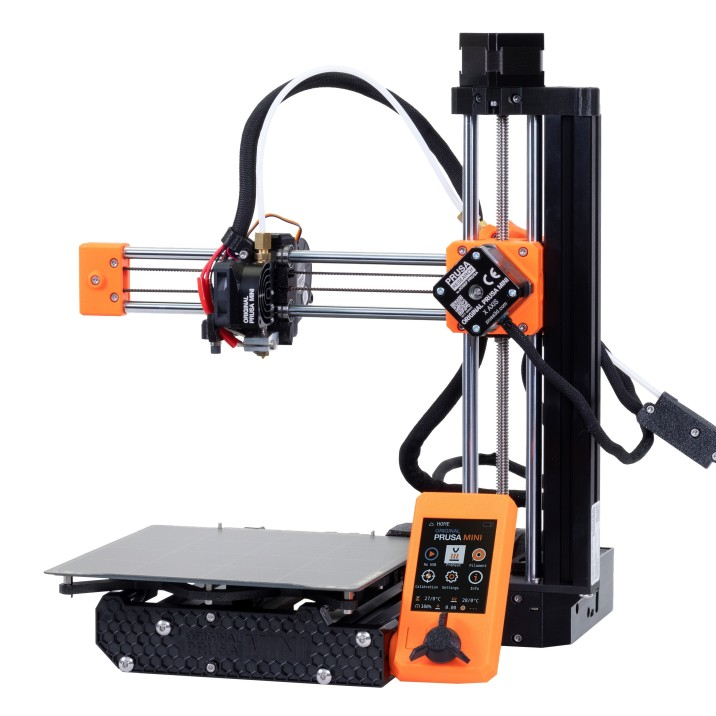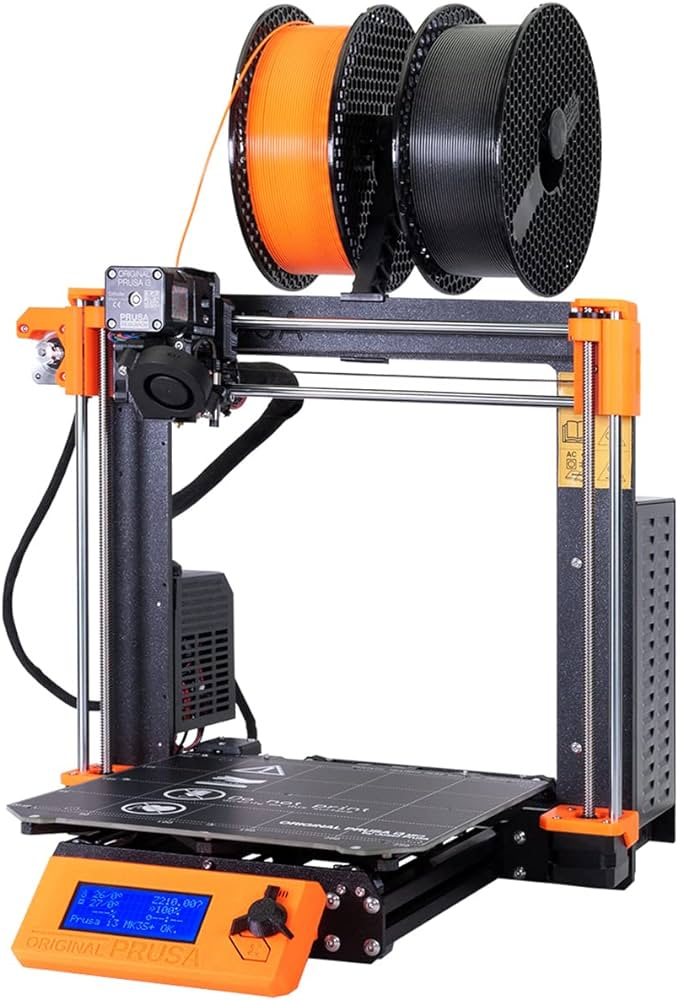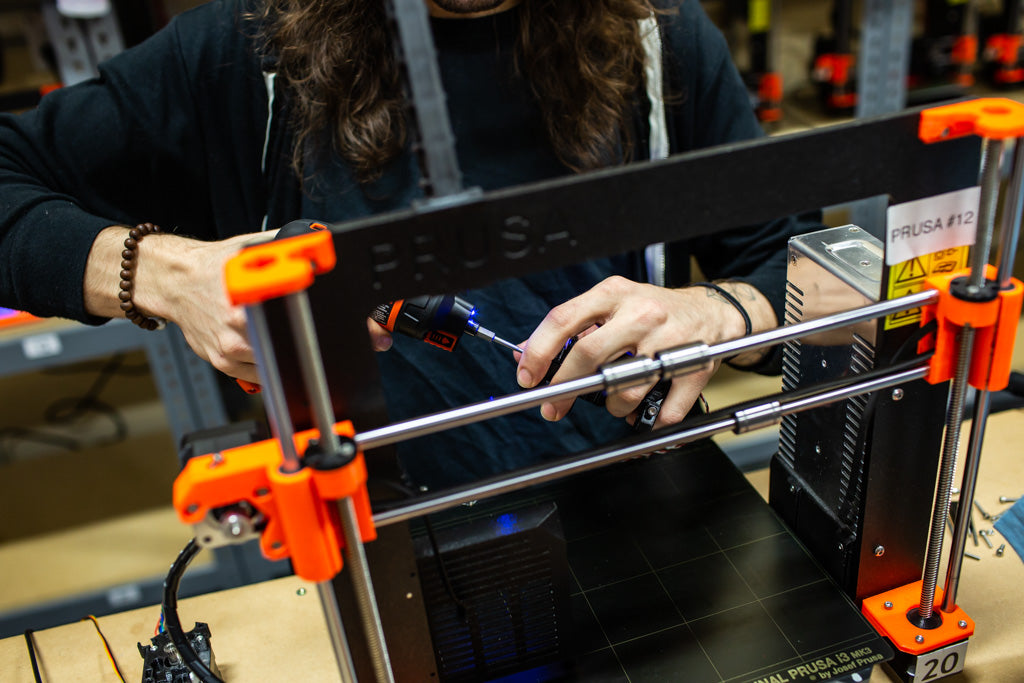The world of 3D printing has witnessed tremendous growth and innovation in recent years, with one name consistently standing out among enthusiasts and professionals alike: Prusa Research. Founded by Josef Prusa, a prominent figure in the RepRap open-source community, Prusa printers have become synonymous with precision, reliability, and affordability in the desktop 3D printing landscape. In this comprehensive guide, we delve into the world of Prusa printers, exploring their origins, unique features, and the impact they’ve had on the industry.

The Prusa Origin Story
Born from the ashes of DIY kits and experimentation, Prusa Research was officially established in 2012 in Prague, Czech Republic. Josef Prusa, already known for his contributions to the open-source Mendel design, aimed to create a 3D printer that was not only accessible to hobbyists but also capable of professional-grade results. This ambition led to the development of the first Prusa i3, a design that quickly gained popularity due to its robustness, ease of assembly, and continuous improvement through community feedback.
Prusa i3: The Flagship Model
The Prusa i3 series, now in its multiple iterations, represents the cornerstone of Prusa’s success. Revolutionary Design marks the i3, with its open-frame architecture that promotes easy access and maintenance while ensuring a stable printing platform. Precision Mechanics ensure layers are laid down accurately, thanks to the use of high-quality components and precise calibration routines. The Evolving Ecosystem around the i3 includes regular firmware updates and a vast library of mods and upgrades, making it a versatile and future-proof investment.
Cutting-Edge Technology: MK Series Upgrades
Prusa didn’t rest on its laurels; instead, it consistently pushed the boundaries of what a desktop 3D printer could achieve. The introduction of the MK Series marked significant technological leaps, with each iteration refining and enhancing the i3 design. Multi-Material Printing, introduced in the MK2.5 and perfected in the MK3S+, allows users to print with up to five different materials or colors simultaneously, unlocking a new realm of creative possibilities. Silent Printing became a reality with the MK3, significantly reducing noise levels without compromising print speed or quality.
Prusa’s Commitment to Quality and Support
A key factor setting Prusa apart is its unwavering commitment to quality control. Every printer undergoes rigorous testing before shipping, ensuring customers receive a machine ready to print right out of the box. This dedication extends to customer support, where a knowledgeable team stands ready to assist users through forums, email, and even a dedicated help center. Prusa’s open-source philosophy further fosters a vibrant community of users who contribute to troubleshooting, modifications, and advancements, creating a rich ecosystem of shared knowledge.
Sustainability and Innovation: Prusa’s Resin and Recycling Efforts
Recognizing the environmental impact of 3D printing, Prusa embarked on a mission to make the industry more sustainable. The company introduced Prusament, a line of high-quality filaments made from carefully sourced materials and produced in-house with strict quality control. Additionally, Prusa developed the Recyclebot, a system designed to turn waste plastic into 3D printing filament, promoting circular economy practices within the community.
Prusa’s Impact on Education and Research
Prusa Research, founded by Josef Prusa in 2012, has had a significant impact on education and research sectors worldwide through its innovative approach to 3D printing technology. The company is best known for its affordable and open-source 3D printers, which have played a pivotal role in democratizing access to additive manufacturing. Here are some ways Prusa has influenced education and research:
1. Affordable Access to Technology
Prusa’s 3D printers, such as the popular Prusa i3 series, are relatively inexpensive compared to many commercial alternatives. This affordability has enabled schools, colleges, and research institutions with limited budgets to incorporate 3D printing into their curriculum and projects. Students and researchers can now gain hands-on experience with this technology without substantial investment barriers.
2. Open-Source Philosophy
Prusa Research embraces an open-source model, sharing designs, firmware, and technical knowledge freely. This approach encourages experimentation, modification, and innovation within educational and research communities. Educators can customize printers to suit specific learning objectives or research needs, while students learn not only how to use 3D printers but also how they work and can be improved.
3. Enhanced Learning Opportunities
The integration of 3D printing in classrooms fosters project-based learning, promoting creativity, problem-solving, and critical thinking skills. Students can design and print physical models related to various subjects, from math and science to art and history, making abstract concepts tangible and more engaging. In research, 3D printing allows for rapid prototyping, facilitating iterative design processes and experimental setups.
4. STEM Education Boost
Prusa’s impact extends significantly to STEM (Science, Technology, Engineering, and Math) education. By providing a tool that bridges digital design with physical creation, it encourages interest and proficiency in these fields. Students can design solutions to real-world problems, participate in robotics competitions, or create scientific models, enhancing their understanding and application of STEM principles.
5. Research and Development Advancements
In research, Prusa 3D printers have been instrumental in advancing various disciplines, including biomedical engineering, where they’re used to print tissue scaffolds, prosthetics, and even organ models for surgical planning. They’ve also facilitated advancements in materials science, allowing researchers to experiment with new composite materials and structures.
6. Community Engagement and Support
Prusa Research fosters a vibrant online community where users share ideas, designs, and troubleshooting tips. This community acts as an additional resource for educators and researchers, who can leverage collective knowledge and support when integrating 3D printing into their work.
Conclusion: A Bright Future for Prusa and 3D Printing
From humble beginnings to becoming a global leader in 3D printing, Prusa Research has demonstrated that a commitment to innovation, quality, and community can drive remarkable progress. With each new iteration, Prusa printers continue to push the boundaries of what’s possible in, empowering individuals, educators, and researchers alike. As the company looks to the future, it’s clear that Prusa remains at the forefront of a technological revolution, shaping the way we design, create, and innovate.
In summary, Prusa printers embody the perfect blend of accessibility, performance, and continuous evolution that has captured the hearts of makers worldwide. Their journey serves as a testament to the power of open-source collaboration, demonstrating how shared knowledge can fuel technological leaps and transform industries. Whether you’re a hobbyist, educator, or professional, delving into the world of Prusa printers opens doors to endless creative possibilities.
